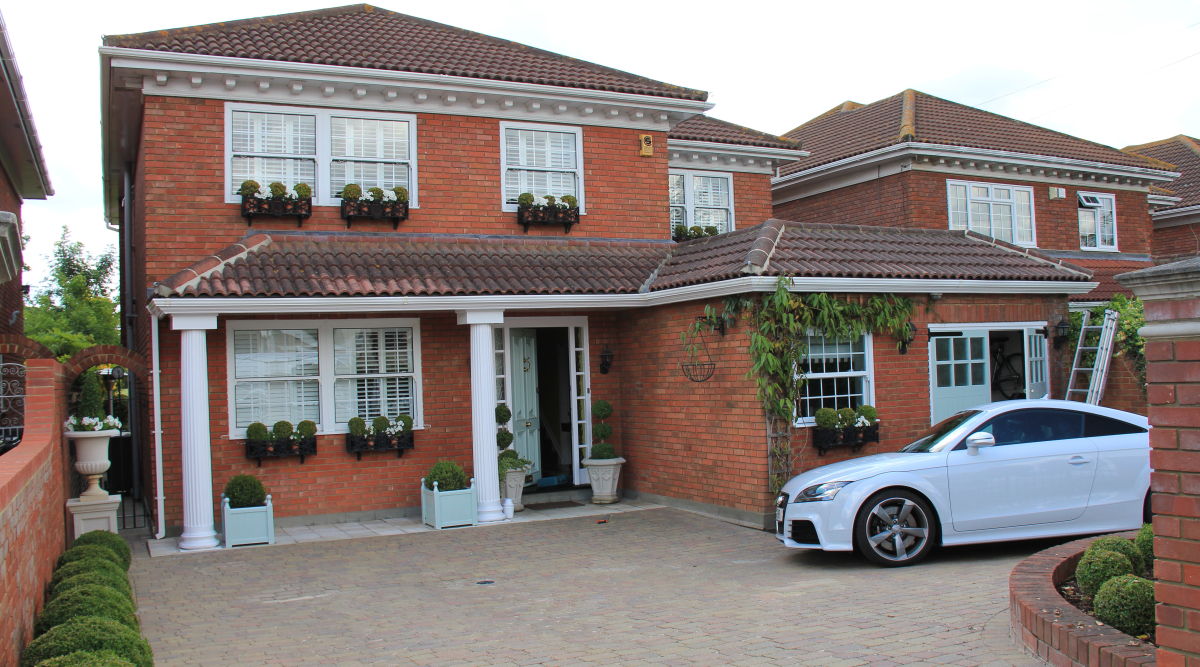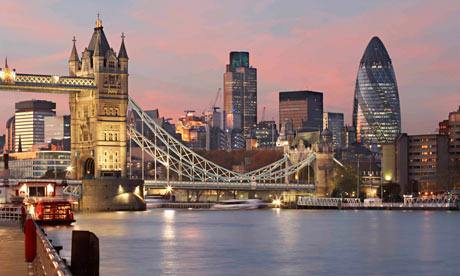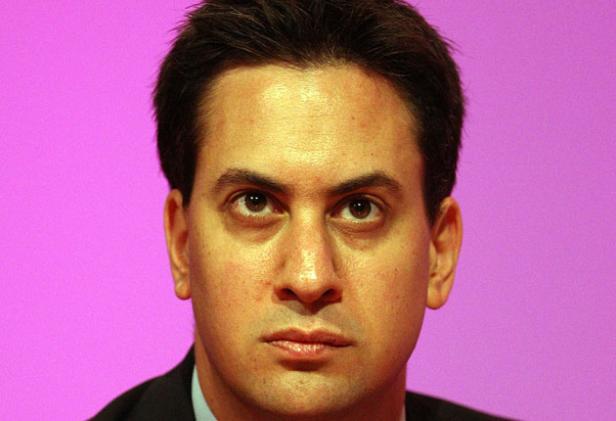488: Help to Buy - insights for property investors
10-13-2013
PropertyInvesting.net team
Help to Buy: The Help to Buy Phase 1 launched in March 2013 for new build purchases correlated very well with an acceleration of property prices in the UK property market, particularly in London and SE England. The mere expectation of a more buoyant property market seems to have stimulated property prices in both the new build and the used markets – whilst people were probably building in expectations for house prices increase into 2014 with the start of Phase 2 for used properties forecast at the time for Jan 2014.
Phase 2 Acceleration: As the political debates accelerated and became more pronounced – including Opposition calls to scrap the scheme, Chancellor Osborne probably thought that another three months of battling arguments on Phase 2 could damage not only himself but the rest of the Tory party, so, in a master-stroke, simply accelerated the Phase 2 introduction into existence in early October with only a few days notice - timed perfectly for the Tory Party Conference. It’s true to say no-one guessed this strategy, and it’s certainly taken the heat off the Chancellor for the time being. His claims of being determined to help hard pressed first time buyers won the day for the time being.
October with only a few days notice - timed perfectly for the Tory Party Conference. It’s true to say no-one guessed this strategy, and it’s certainly taken the heat off the Chancellor for the time being. His claims of being determined to help hard pressed first time buyers won the day for the time being.
Impact: Debates rage though about whether the Help to Buy scheme is or will lead to more homes being built or just higher property prices. And what impact will it have for renters in the UK?
Opportunity: Our frank view is that if the Tories are to have any chance of winning the next election in May 2015, they need to create some sort of economic expansion – and three years of stagnation led them to get rather desperate. There never really was a proper austerity drive because public sector wage growth rose on average 2.5% in the last few years whilst private sector wage growth, despite banker bonuses only rose 1.5%. The public sector administrators seem to have retained their jobs – some front lines services have been cut.
Banks Failing To Lend: Banks from 2008 to present are still been failing to lend to first time buyers – viewing them as too high a risk. Deposits required had increased from 5% in 2007 to 20% in 2012 - an abnormally high level not seen since the early 1970s. The Tories were unable to move banks to lend to first time buyers at levels of 5-10%, so their only remaining option to get the property market moving – inflating again at moderate rates – was to under-write first time buyer deposits with tax payer guarantees. Indeed, it is a risky strategy – since there would be widespread defaults if property prices dropped after 2015, as waves of low paid first time buyers would see their small 5% equities wiped o ut and would chose to hand over the keys rather than pay huge debts and be moribund in a property with negative equity.
ut and would chose to hand over the keys rather than pay huge debts and be moribund in a property with negative equity.
Property Inflation: Our assessment suggests that indeed, the Help to Buy scheme should inflate property prices in all areas, but particularly in areas with currently buoyant markets like London – it will also help reduce the risk of a short-medium term property price crash and ensuing UK depression. It probably won’t have much of an impact on inflation property prices in remote rural areas – apart from Aberdeen which is boosted by global oil-gas engineering services. The scheme should help property markets in the northern cities and towns to start moving – most of these have had 5 years of stagnation or property price declines – more deprived areas are now about 40% lower in price in real terms than before the crash of 2007.
No Bubble (Yet): Talk of a property price bubble so far is well over-done. With RPI/CPI inflation running at about 3%, property prices should at least be rising 3% per annum. Indeed this is the case on average across the UK at this time. Even in London and surrounding areas, if you go to Dagenham, you will find no property price increases. But go ten miles west to Kensington and you will see property prices rising at 12% per annum a year. If there is any bubble, it’s likely to be West London, but as UK Sterling declines against most major currencies, West London property becomes cheaper for wealthy foreign buyers – this market is driven by the global super-rich, so we should really take this out of the equation. It seems that’s what the Tories are trying to do, but most of the news is of West London prices so it’s been a tough sell. 
More Orderly Market? So overall, the advent of the Help to Buy Scheme is merely leading to property prices in the UK as a whole rising in tandem with overall inflation - not a bad thing considering the staggering levels of debt on the private sector (individuals) books. At least this debt will be inflating away – this must be part of any Central Banker’s strategy to stimulate the economy.
No More Building: There is some evidence that more properties are being built, but it’s hardly had a large impact so far – this is no surprize in view of Nimbyism, red tape, taxes, building costs, lack of funding and planning regulations. Rather than an average of 90,000 properties being built in a year – as in 2012, building levels have increased to something like 115,000 properties a year – but the UK needs 220,000 properties to be built just to keep pace with the population growth, particularly in place like London and SE and East England. Half of all new homes need to be built within 60 miles of London – because of economic and population growth, but only 30,000 homes are being built a year in this area instead of 110,000 – so don’t be surprized to see the homes crisis worsen in SE England.
Predictions: As more young people move into their own flats and small homes, these people will leave the rental sector and rental prices might very well start to drop slightly – particularly in places like London. Hence – as long as there is no financial crisis in the next twelve months, we expect the following to happen:
-
London property prices to rise by 8% (hot spots Hackney, Wandsworth, Lambeth, Shoreditch 11%)
-
SE England property prices to rise by 5%
-
Rental prices to drop by 2%
-
New home construction to accelerate marginally from 115,000 to 122,000 homes a year
Risks: Property prices remain high, and unaffordability levels are moderate only because interest rates are so low. The big risk is interest rates rising sharply, mortgage payments rising then property prices declining leading to massive default of new help to buy home owners by end 2014. But it’s most likely the current government will stimulate and keep the show on the road until the next election, when they will – despite all their efforts – fail to get a majority and it’s then most likely Labour will either get a straight majority or form a Coalition with the Liberal Democrats. The property prices would be hit hard – particularly in London – by taxes from Ed Milliband’s left wing Labour government strongly backed by the unions.
A Labour Win: It’s probably worth assessing the chance of a Labour win now – and at latest in early in 2014 – because with a Labour government in power, property prices would probably drop, with more regulation leading to higher rental prices as more people clambered to rent an ever increasingly small supply of rental properties. Private Landlords would probably desert the market as pressure rose from an anti-business government. Buy to let Landlords would need to manage a wave of expensive new regulations but would likely see rents rise sharply because of this – unless the far left government put in place rent controls (likely they have promised to do with energy prices).
at latest in early in 2014 – because with a Labour government in power, property prices would probably drop, with more regulation leading to higher rental prices as more people clambered to rent an ever increasingly small supply of rental properties. Private Landlords would probably desert the market as pressure rose from an anti-business government. Buy to let Landlords would need to manage a wave of expensive new regulations but would likely see rents rise sharply because of this – unless the far left government put in place rent controls (likely they have promised to do with energy prices).
Divestment: Many buy to let Landlords might take this a as a cue to divest – and again, this would lead to high rent prices and a severe shortage of rental properties particularly in London.
Landlords Struggling In A Tight Rental Market: It’s certainly going to be an interesting few years looking forward. If there is a property crash, it’s now most likely to be after a Labour victory in May 2015. Until then, it looks like the property market should improve – particularly in areas within 70 miles of London. As UK citizens are prices out of West London, this ripple effect will spread to peripheral areas to Prime London, such as Hackney, Shoreditch, Lambeth, Wandsworth, Battersea, Clapham, Belsize Park, Kennington, Herne Hill, Kilburn and Highbury.
London Low Priced Opportunities: If you are a first time buyer looking for a bargain, and don’t have much money, one of the best places to purchase a 1 bedroom flat is New Cross Gate, where you can buy flat £135,000 – that’s £7,500 deposit with the government’s new scheme. If the property prices rise to £150,000, your equity will rise from £7,500 to £22,500 in short order (before fees) – not a bad return on investment. New Cross Gate is only 1½ miles from The City with fast train links, so you can’t go far wrong – the market seems to have under-priced new Cross significantly in the last 5 years. This area now has the Overground Railway, direct rail service to London Bridge in 10 mins and the DLR down the road at Deptford Creek.
Other low priced central areas are Nunhead, Peckham, Brockley, Stoke Newington and Lewisham – all look set to benefit from the “ripple effect” as price rises cross London.
We hope you have found this Special Report insightful – if you have any queries please contact us on enquiries@propertyinvesting.net

